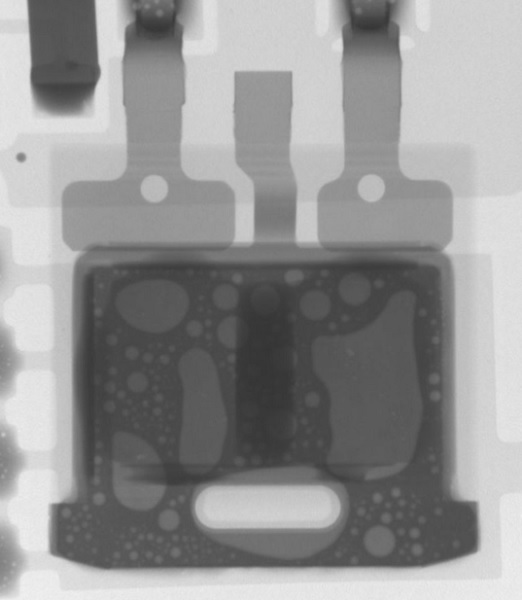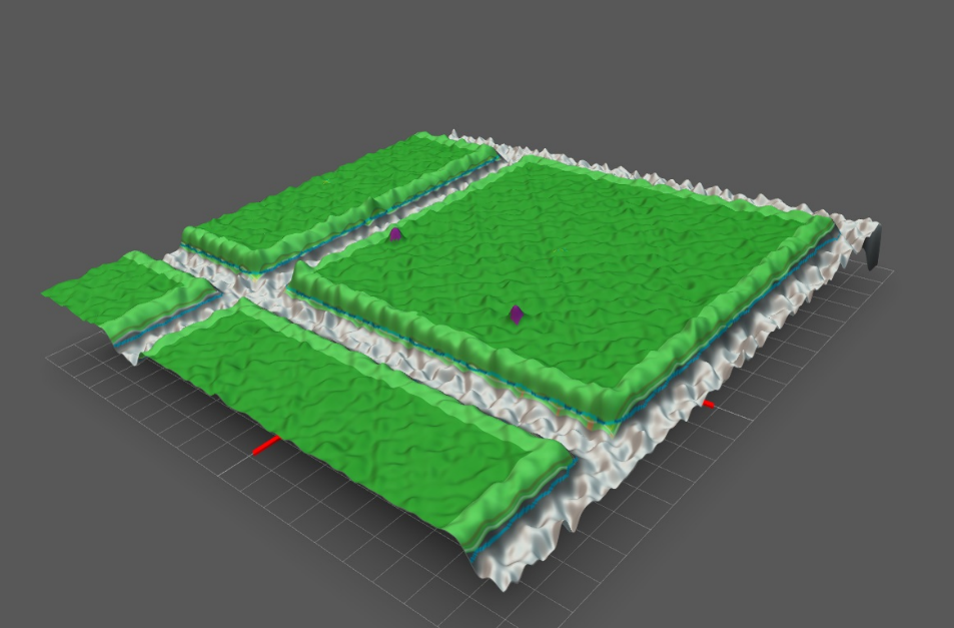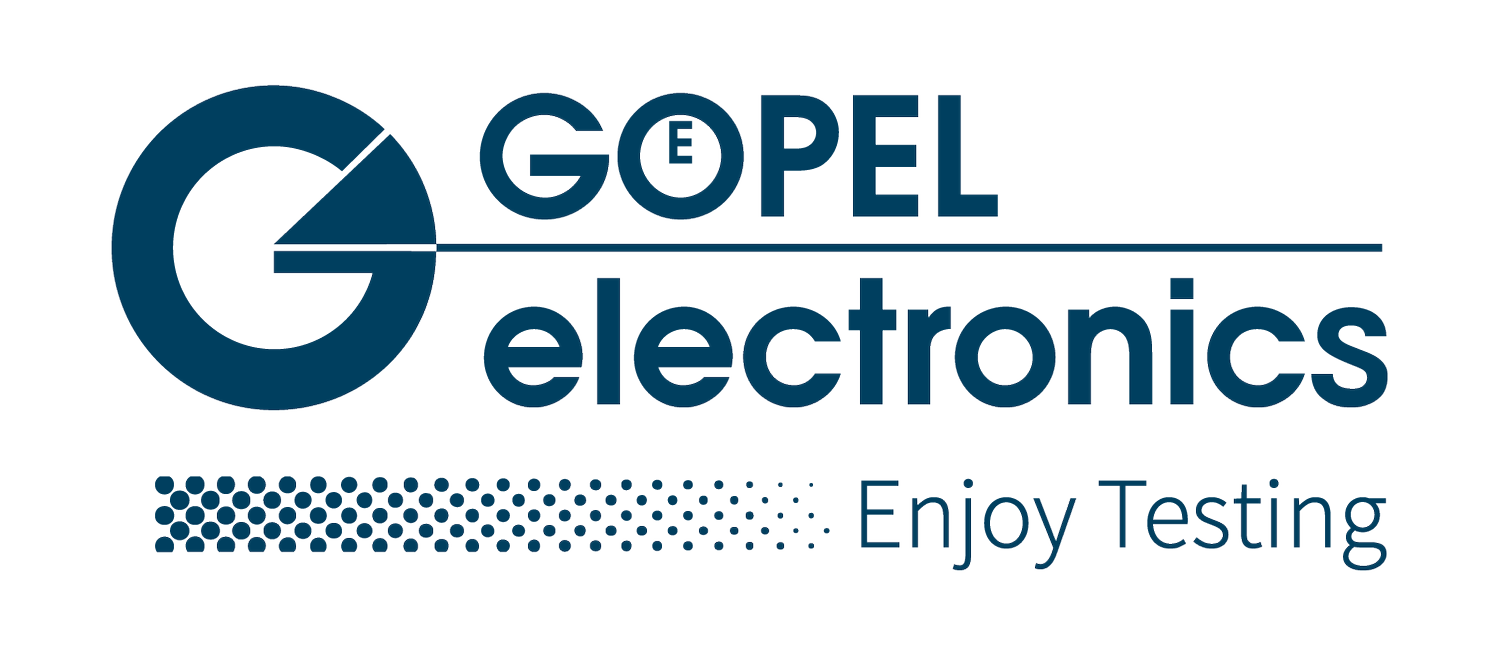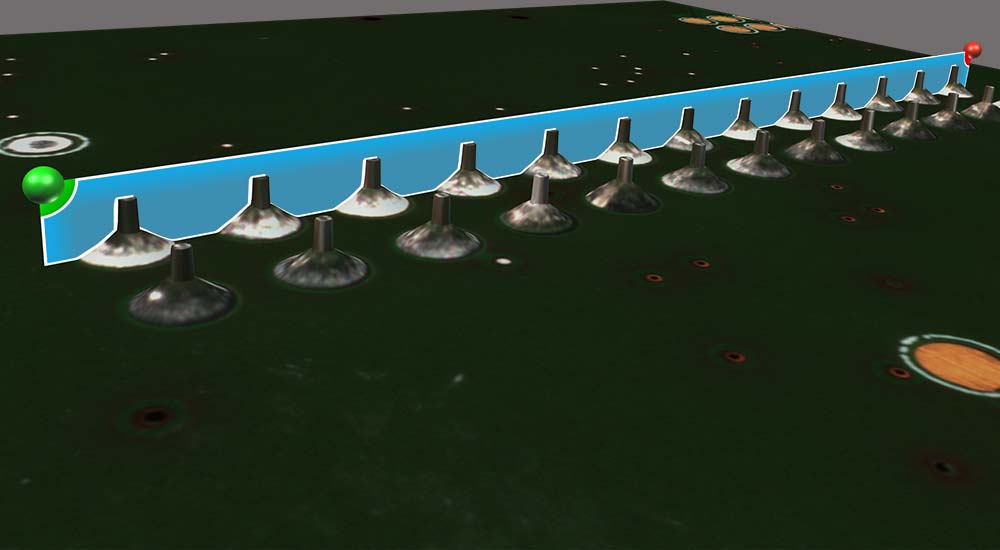Hidden solder joints

The inspection and quality assurance of hidden solder joints, such as with ball grid array (BGA) and similar packaging technologies, certain high-density connectors, and components covered with ESD shielding or heatsinks, just to name a few examples, can not be accomplished with optical inspection techniques. X-ray inspection comes to the rescue.
X-ray inspection equipment (AXI) comes in various configurations, focusing on different use cases and supporting a range of performance requirements. For example, 3D AXI is needed in order to properly detect voids in solder connections and to seperate different layers of a printed circuit board assembly.
To learn more about X-ray inspection in general and the AXI equipment offered by GOEPEL electronic specifically, follow this link or get in touch with us.
Solder paste inspection

It is best practice to detect and repair any defects as early as possible in the manufacturing process. This means that ideally any solder paste issues need to be fixed before components are placed and the printed circuit board enters the reflow oven.
Some solder past printing machines include inspecton capabilities, but those are usually rudimentary and not sufficient to identfy subtle issues with solder paste deposits. Dedicated solder paste inspection (SPI) equipment can be used to detect printing various potential problems related to the solder paste printing process, including eveness and thickness of the paste deposits. Furthermore, SPI equipment can communicate with the paste printer in a closed-loop to adjust the printing process if necessary.
Contact us or follow this link to learn more about our solder paste and sinter paste inspecion equipment.
Through-hole technology
While through-hole technology (THT) might seem antiquated, there are many applications that require THT components. The manufacturing process for PCBAs containing THT components is very different compared to a pure surface mount technology (SMT) process. THT components are typically assembed manually on the PCB, and soldering is typically done with wave soldering or spot soldering equipment.
Considering the significant amount of rework effort involved with repairing a PCBA that contains misplaced THT component, it is highly recommended to add an inspection step after assemblyy and prior to soldering. While this can be done manually by the same person that places the THT components, a far more efficient and reliable approach is the use of THT inspection equipment. One key aspect to consider when choosing THT inspection equipment is the ability to configure it to fit into the specific production flow, as THT manufacturing line layouts are prone to vary widely.
Follow this link or get in touch with us to learn more about THT inspection equipment and how it can improve your THT manufacturing process.


